-
Content Count
3,510 -
Joined
Posts posted by SilverCreek
-
-
-
Tell the caller that they need to talk to Lenny, the homeowner and then
Forward the call to the "Lenny Bot" at 1-347-574-7296.
Click on the Lenny call below.
Here's the story of Lenny.
https://www.vice.com/en/article/d3b7na/the-story-of-lenny-the-internets-favorite-telemarketing-troll
-
Have you seen an MD about your problem?
Ultimately, you may need carpal tunnel release surgery.
My advice is to not sell your vise until you have followed through and failed to improve sufficiently with all your treatment options.
-
5 hours ago, DWSmith said:I hate to ask but instead of me hunting for one and finding out it's not so good then trying again, can someone save me some time and point me to a source for a good one please?
Or when they say Matarelli style do they really mean one made by Matarelli?Looks like the ones made by Matarelli are going for $80 to $110!?!?!? Never mind the original ones.

Thanks.
Just buy the knock offs. Matarelli stopped making his whip finishers many years ago. I still have new Matarelli tools in their original packaging.

BTW, you can file a thread cutting notch in the end of the Matarelli to cut the tying thread off after whip finishing. I found this photo of a cutting notch on this thread:

-
Get a Matarelli style whip finisher or a knock off. They are ambidextrous.

http://www.youtube.com/watch?v=S0JF94-qhQw

http://www.flytyingforum.com/index.php?showtopic=70282
-
Thank you for posting this.
Although I do not tie these flies, I'm sure others do and will find your post helpful.
-
Gene,
Naturals do not have wings 2-3 times longer than the body. They may be slightly longer than the body but not even 2 times the length. It is closer to to body length than twice body length.
Secondly, the wing "length" on a fly pattern does not represent the the length of the wing on a natural. The wing length on the natural is slanted while the wing "length on a fly pattern" is the "wing height." So a fly pattern is tied to give the impression of the wing height on a dry fly because the top of the wing is the first thing that the trout sees in his feeding "window"

Here are the 3 main styles of dry flies from Riverkeeper Flies:
https://www.johnkreft.com/3-basic-dry-fly-styles-for-mayflies/
Video on how trout feeds on dry flies in the video link below. The wing is the first thing that comes into the trout's window.
Here's a final thought. Have you considered that there is a huge hook hanging down from the dry fly that is visible to the trout even before the fly gets into the window.
Here's another thought. Obviously, if the fish we catch totally ignore the hook, should we be that concerned whether the wing is not a perfect match to the natural?
The issue boils down to this question. How many more trout would a "perfect" match to the natural catch and would it be worth the trouble when it still has to be tied on hook that is clearly visible?
-
Check out a local printing shop.
-
I use plastic binding combs. These are the plastic combs which hold loose leaf binders together as in the photo below.

Take them off the binder and they look like this:

I went to my hospital print shop and got a bunch of them in all sizes. I've also gotten then at conferences when they use them to hold the conference materials together.
I cut them to size and they will fit around any size of spool. Here are the ones I use for the spools on my Norvise Bobbins.

You can cut them to size to fit any spool including the regular thread spools. For the regular thread spools, cut them so two comb arms wrap around the spool.

-
They look good! Have you fished them? How have they worked?
-
8 hours ago, denduke said:If I am remembering correctly, the photo above is from Silver Creek, Idaho and the fish was caught on a Morrish Mouse pattern.
http://www.flyfisherman.com/fly-tying/step-by-step/fly-tying-the-morrish-mouse/
-
Different laws BUT even if the flies are legal in Canada, they are not legal in the USA. So if you travel to the USA to fish, leave the flies tied with polar bear home.
How do I know? I know because when I went fishing in Canada about many years ago and came back to the USA, the agents looked at my fly boxes for flies tied with polar bear.
-
I would advise you not to try to take flies with polar bear into the USA.
https://help.cbp.gov/s/article/Article-64?language=en_US
"You cannot import skins or You cannot import skins or items made from, or trimmed with, the fur of these animals. Furs from seals, polar bears, and sea otters are also prohibited."
-
4 hours ago, Handyman_Andyman said:Let’s say trout on a small lake
I would say that the flies are rather large for dry flies on a small lake.
Have you seen trout eating off the surface. How large are the naturals that they are taking? Have you seen trout taking grasshoppers or other food that large off the surface?
-
2 hours ago, Handyman_Andyman said:Size 10&12 dry flys pheasant as the tail and brown acrylic yarn dubbing as the body. Poly yarn as the wings. And brown saddle hackle and green acrylic yarn dubbing as the head.
You asked: "What should I add or change to make these dry flys even more effective"
Before one can answer your question, you need to tell us what species of fish are you targeting and what kind of water are you going to fish?
-
I use the shuttle weave. In the shuttle weave, the threads interlock as they cross, and there is no need to tie a knot for every thread crossing. So it is much faster. It is also easier especially as the flies get smaller.
The shuttle weave using bobbins can be seen in the video by Aaron Jasper. One key is to keep tension on the floss, and to pull away from you toward the woven areas so the next weave is tight against the previous.
I use regular 6 strand embroidery floss I buy at Joannes or Michaels craft store. At about 3/$1 it is cheaper than fly tying floss. Unravel the floss into 2 or 3 strands depending on fly size and wind onto plastic sewing machine spools. Buy spools with [i[rounded[/i] side edges sos they dons bite into your fingers as you apply tension,You will thank me later.
Wind the floss onto the spools by using a portable drill. Place the eraser end of a sharpened pencil into the drill chuck. Force fit the plastic bobbin into the tapered end of the pencil end and wind away.
I use Matarelli mini bobbins made for sewing machine spools.
Here's Aaron Jasper performing the shuttle weave. Since there are no knots in the shuttle weave, you can easily tell if a woven fly is tied using the overhand weave or the shuttle weave. The shuttle weave has a smoother body.
-
-
-
Landon Meyer's Chubby Damsel looks like Gary Borger's Damsel fly in that it uses a braided monofilament body.
Landon's pattern from Fly Fisherman Magazine is below.
https://www.flyfisherman.com/editorial/damselflies-strategies/468223
"Chubby Damsel Fly Recipe
Mayer's Chubby Damsel.
- HOOK: #14-16 Umpqua XT050 BN5X Stubby T 10.
- THREAD: Black/blue 8/0 UNI-Thread.
- BODY: Kingfisher Blue/ Olive, Ice Dub under
- FOAM: Blue/Olive 2mm Fly Foam.
- TAIL FLASH: One strand of black/Olive krystal flash folded over three times
- TAIL: Blue/olive Hareline Adult Damsel Body, barred with black Copic marker, tipped with clear resin.
- SIGHTER: White poly yarn.
- WINGS: Clear UV Pearl Hareline Grizzly Flutter Legs and Chicone’s Barred Regular Crusher Legs.
- BACK LEGS: Black Span Flex.
Gary Borger's Pattern is below:
https://www.fieldandstream.com/blogs/fishing/2010/03/tietalk-braided-butt-damsel
Most fly tiers like Landon have used foam to modify the pattern to guarantee a floating fly
I mentioned this to Gary and he asked me whether the tiers had thought he had not considered foam. According to Gary, the trout can concentrate on the drowned damsels and the foam pattern cannot imitate drowned damsels because they always float. So tie the standard pattern first and add a few foam ones if you want. Compare the Borger damsel with other damsel patterns and you will note how realistic the braided butt pattern looks compared to foam, dyed deer hair, or dubbed abdomen patterns. None of these can match the thin abdomen of the natural insect. The Borger damsel is the most effective damsel patterns I have fished.
And use a strong tippet. The vicious take can often break you off.
Another point is that the stage before the mature blue damsel is the brown teneral phase. You can use a brown color marker to match the mono to tie up a few teneral patterns. The brown teneral patterns will also match brown dragon flies.


Cortland braided mono comes in 30 and 50 lb strengths. Get the 50 if you can. You can use the braided mono for making braided loops and the 50 lb is stronger.
The video below shows how damsels are vulnerable when they are under the water and how they get trapped in the film. A foam damsel pattern can't get that trapped in the film appearance.
-
I've seen trout take hovering damsels on Hebgen Lake just like in the video below. You can take them using floss blow line fishing.
"Blow line fishing" is a technique described by both Gary LaFontaine and Gary Borger.
Gary Borger wrote about it in his book, Presentation pg 286. In Gary Borger's technique you use untwisted polypropylene yarn that is flatten and ironed to straighten the fibers. Then you form a "kite" out of it by whipping finishing a loop into it and attaching it to the end of your fly line and then attaching 2 feet of 2x or 3x mono to the "kite". The heavy tippet material is to prevent break offs. The strikes are vicious.
When there is enough wind blowing from off shore, you raise your fly rod and the use the wind to make the fly hover and dap the water surface just like a hovering damsel fly.
You can read Gary LaFontaine's article below:
http://www.flyanglersonline.com/features/lakes/part81.php
I use a pattern that will sink. Damsel crawl under water to lay their eggs and they drown. Drowned damsels are rarely fished and the trout are not shy about taking them.
Here's what Jason Borger has to say about damsel patterns:
"One question that I/we often get about this fly (inspired by a pattern that my father saw in New Zealand back in the 1980s) is, “Why don’t you use foam for the post, it floats better?” The answer is based on years of observing damselfly hatches and is fairly simple: because sometimes we want the fly to sink. If that sounds odd, keep in mind that “dry flies” (or perhaps more accurately “dry insects”) sometimes aren’t so dry…."
I wrote about this previously in this post about how it is used for hovering damsel flies:
http://www.theflyfishingforum.com/forums/entomology/346050-damsel-distress.html#post788631
-
-
There are copies available on the Auction Site E***
-
5 hours ago, Tied & Feathered said:You guys just made my day. I'm going to the sewing store now. Guys would look at me funny when I worked at sportsman's and told them to go to the sewing store for certain things we didn't have and you guys out did me because I didn't think of those straps. Oh and you Ziploc people made me realize that my hooks came in a Ziploc so we're gtg.
All that said you can dye almost anything to any color with fruit. Want purple? I guarantee you'll get it with some nice dark cherries or a cheap bottle of wine, lol. Seriously look into it
Dyeing material is not only about color. You also need consistency from batch to batch. That means you need a way to control both color and color saturation.
-
On 9/25/2020 at 7:47 AM, Djfan said:I have to admit, that buckskin is new to me. What does it imitate? Where do you fish it?
The "buckskin nymph" in the video usually imitates a caddis larva.
However, there is a different version of the "buckskin" that imitates an aquatic worm or even an earthworm. I had a fly fisher next to me that tied a length of chamois onto a ook with an overhand knot and began catching trout. The knot imitates the clitellum of the worm.
https://en.wikipedia.org/wiki/Clitellum
On the San Juan, there are aquatic annelids that look exactly like earthworms.

https://www.ecospark.ca/aquatic-earthworm
https://www.jungledragon.com/image/84005/aquatic_worm_-_oligochaeta.html



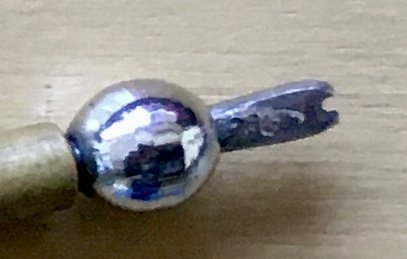











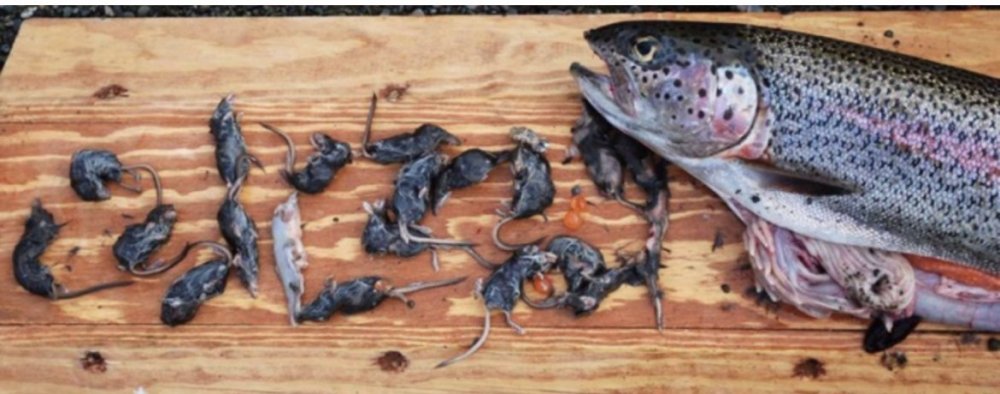





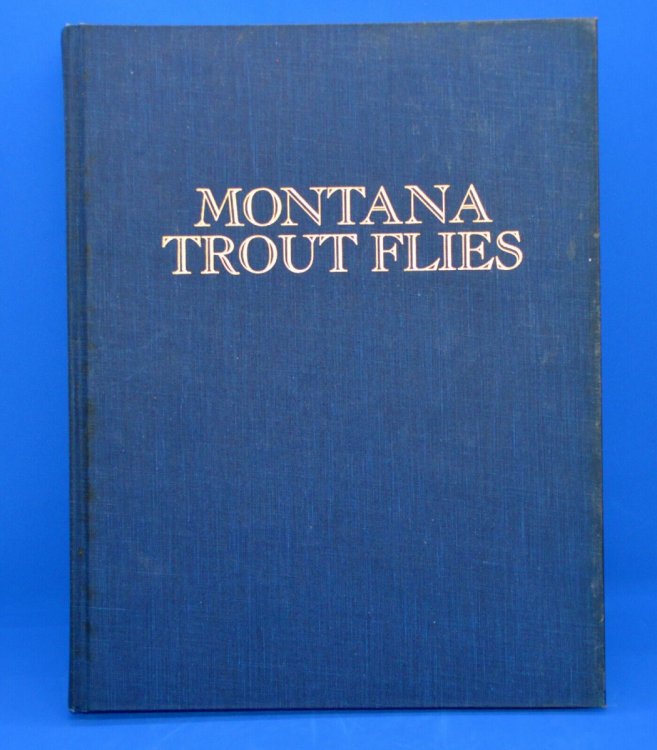
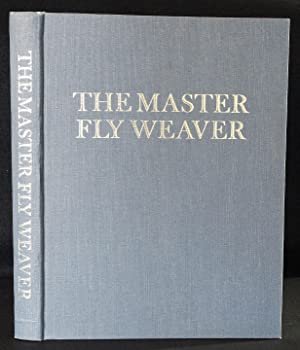
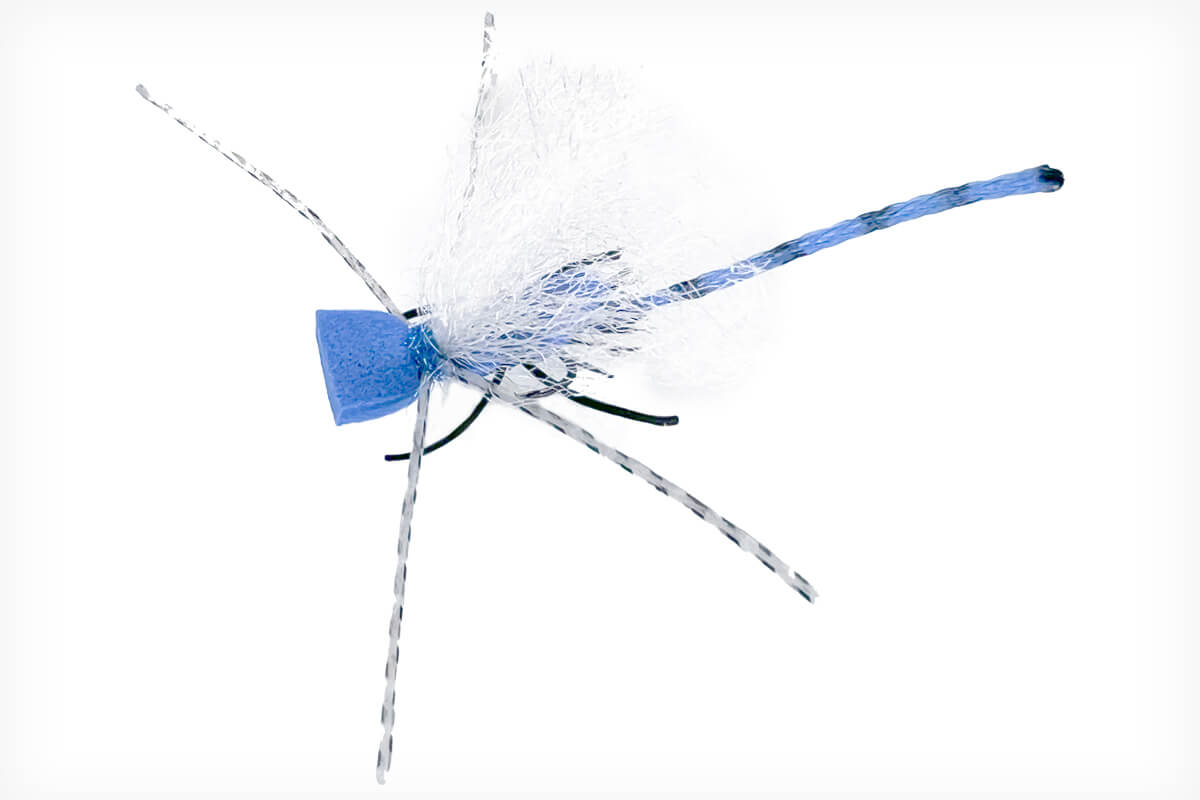






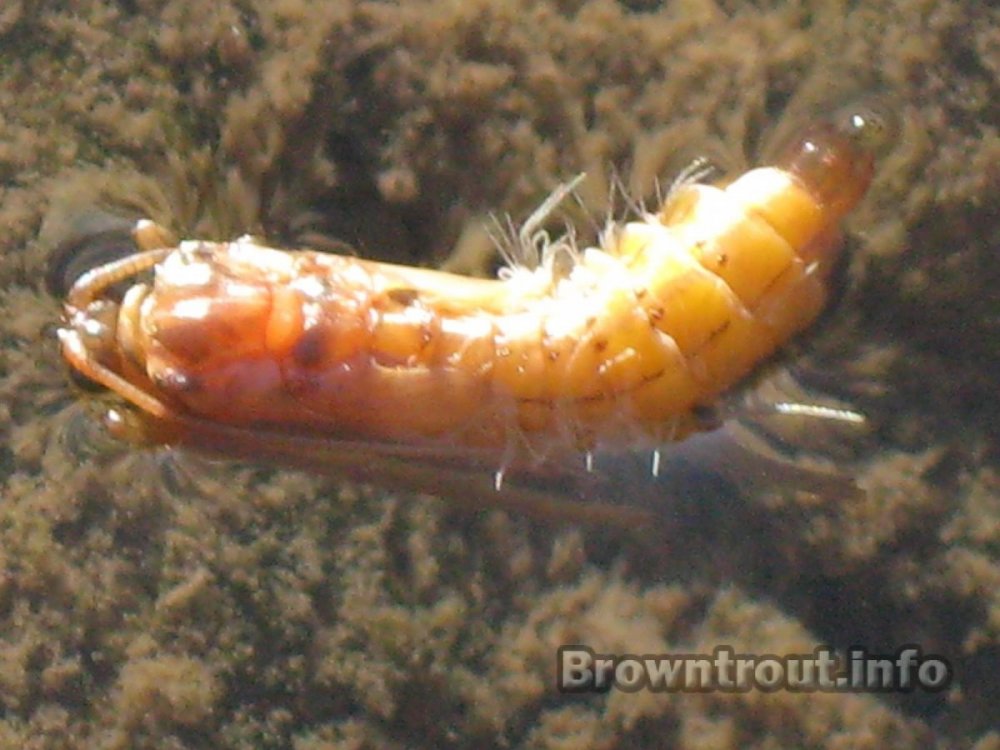
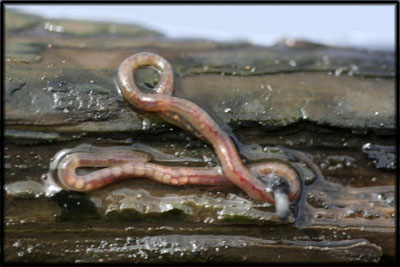
Extended Body Dry Flies
in The Fly Tying Bench
Posted · Report reply
I tie up Flex Hex flies designed by Wisconsin guide John Nebel to match the largest mayfly in the USA, the Hexagenia Limbata. We have huge Hex hatches on a local stream and the Tomorrow River referred to in the article is in the next county. The Hex hatch occurs about the first week of June in my local stream.
The Flex Hex is the best pattern for this hatch that I have been able to find and I've tried a number of them from traditional patterns tied on straight hooks to extended body patterns tied on shorter hooks. Both have problems hooking up on all takes.
The problem is that the naturals are so huge that "stiff" patterns are often pushed out of the way on strike. Unlike the natural which folds up, the stiff tail and body of traditional patterns do not and the fly just gets pushed out of the way unless it is a perfect take.
The Flex Hex solves this problem by putting a mono to mono loop hinge in the middle of the pattern and even smaller fish can take in this pattern. It actually fold ups and offers less resistance than the natural.
I've modified this pattern to a parachute which produces a more realistic impression on the water and which can easily be changed into a spinner by cutting off the post. The naturals have a mottled brown body with a yellow abdomen and the cross hatched brown thread on yellow mimics this.
Parachutes are best tied with one size longer hackle than the traditional hackled flies and getting hackle that is long enough for a flex hex is difficult. Modern genetic capes have longer feathers with denser hackle but the hackle length is shorter. I use my old Metz necks from the 1980s for the size 2 hackle that I use for this pattern.
So don't throw your old necks away. Modern necks are better for almost all patterns but some large flies like Flex Hexs and the Borger Blue Damsel can be tied with the longer less dense fibers of older necks.
Here is a Hexagenia Limbata from Trout Nut.